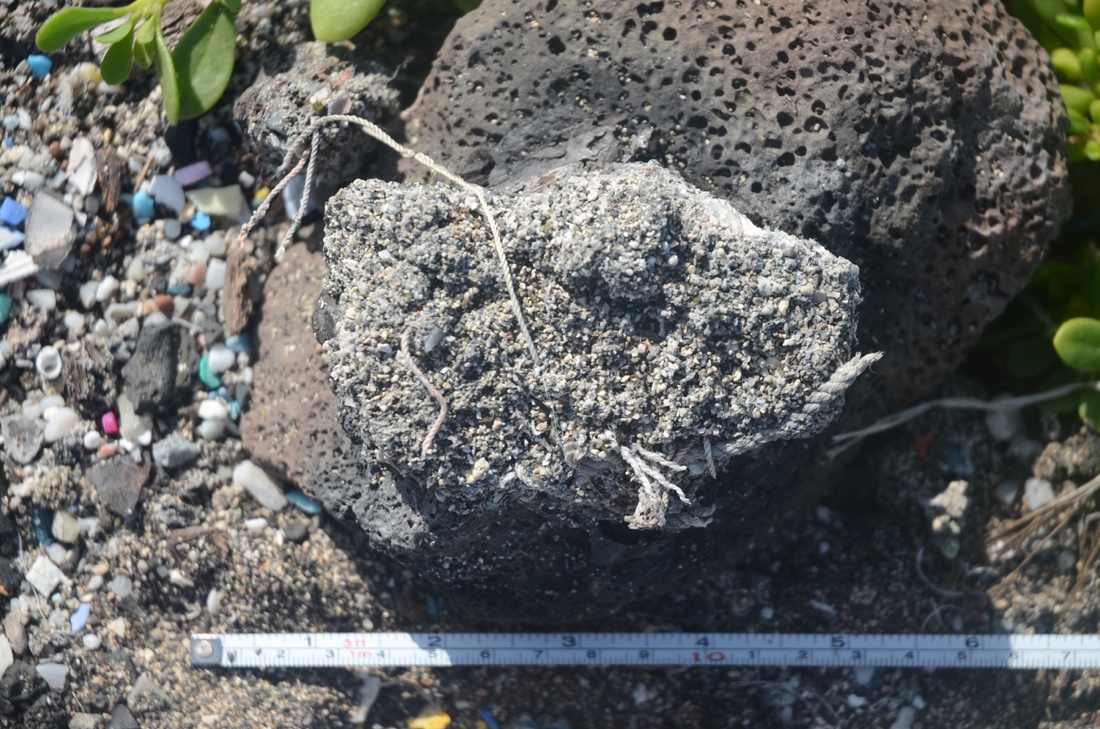Photo Timeline: How the Earth Formed
Ice ages

Earth has been mostly ice-free during its history, with only five major Ice Age periods. We're in one now. About 2.6 million years ago, large ice sheets started creeping down from the Arctic in the Northern Hemisphere. These ice sheets advance during cooler glacial periods and retreat during warmer periods, known as interglacials. Earth's modern interglacial period kicked off about 11,500 years ago.
The Plasticene?

Though the age of humans has been dominated by ice, future researchers may call this period the Plasticene instead. Many scientists think we've already written a message to the future with today's plastic garbage. Tiny bits of plastic pop up everywhere on Earth, from Arctic ice to the oceans to Hawaiian beaches — and some of it has already turned to a rock called plastiglomerate. A million years from now, that plastic may be squashed to oblivion, but scientists will still be able to detect plastic's distinct chemical signal.
Get the world’s most fascinating discoveries delivered straight to your inbox.



